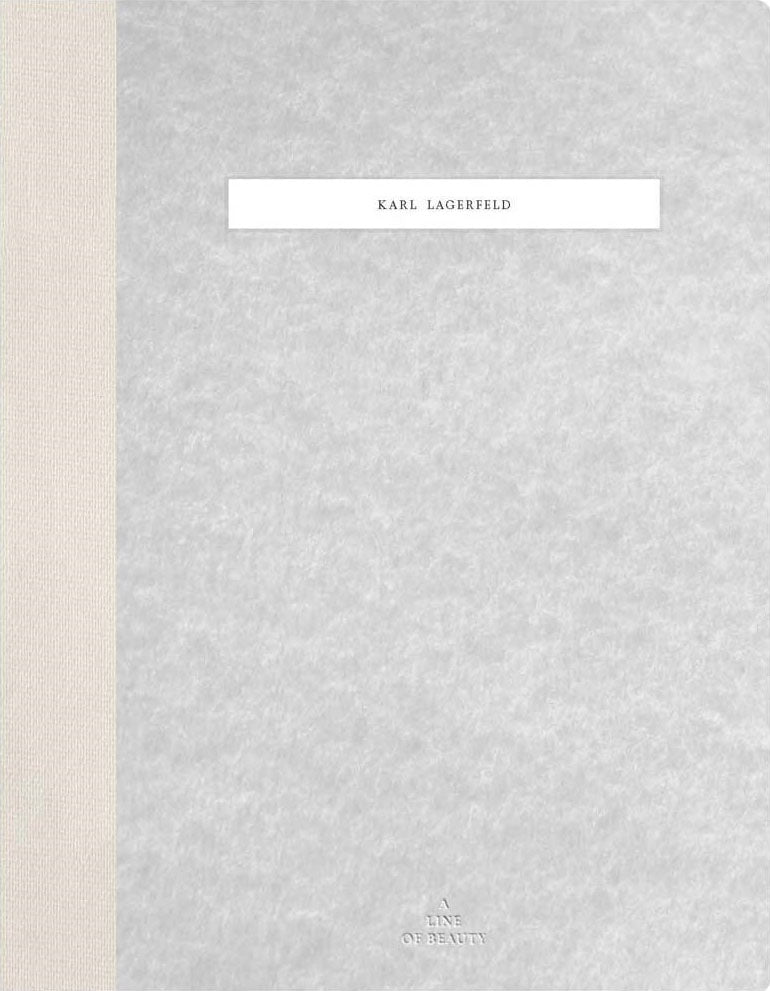
A compelling look at the aesthetic and historical significance of Lagerfeld’s work—from his elegantly tailored pieces for Chanel to the witty, playful ensembles that came to define the Lagerfeld brand
This publication is the first to present an insightful overview of Karl Lagerfeld’s (1933–2019) artistry across his extraordinary 65-year career as a fashion designer and creative visionary—from early work for Balmain and Patou in the 1950s and designs for Chloé and Fendi in the 1960s and 1970s, to his celebrated leadership in the 1980s and beyond at Chanel and with his own label.
Inspired by the “line of beauty” theorized by the sixteenth-century English painter William Hogarth, this dazzling publication pursues four “lines”—straight, serpentine, satirical, and explosive—as a means of defining Lagerfeld’s unique creative process. An introductory text uses these concepts to explore such topics as the masculine-perceived art of tailoring, the traditionally feminine art of dressmaking, Lagerfeld’s use of irony and parody, and the way these three modes converge in surprising, disruptive, and innovative ways.
Thematic chapters illustrating the dualities in Lagerfeld’s work, an illustrated timeline of his career, and reminiscences from the designer’s friends and colleagues accompany new photography of 155 garments, as well as Lagerfeld’s illustrations, material samples, personal photographs, and drawings, many never before published.
This publication is the first to present an insightful overview of Karl Lagerfeld’s (1933–2019) artistry across his extraordinary 65-year career as a fashion designer and creative visionary—from early work for Balmain and Patou in the 1950s and designs for Chloé and Fendi in the 1960s and 1970s, to his celebrated leadership in the 1980s and beyond at Chanel and with his own label.
Inspired by the “line of beauty” theorized by the sixteenth-century English painter William Hogarth, this dazzling publication pursues four “lines”—straight, serpentine, satirical, and explosive—as a means of defining Lagerfeld’s unique creative process. An introductory text uses these concepts to explore such topics as the masculine-perceived art of tailoring, the traditionally feminine art of dressmaking, Lagerfeld’s use of irony and parody, and the way these three modes converge in surprising, disruptive, and innovative ways.
Thematic chapters illustrating the dualities in Lagerfeld’s work, an illustrated timeline of his career, and reminiscences from the designer’s friends and colleagues accompany new photography of 155 garments, as well as Lagerfeld’s illustrations, material samples, personal photographs, and drawings, many never before published.





